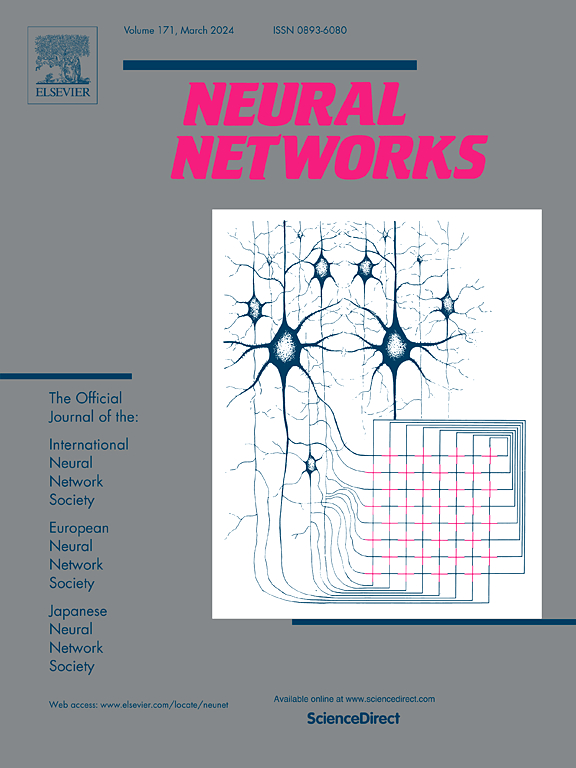Conditional diffusion model for recommender systems
IF 6
1区 计算机科学
Q1 COMPUTER SCIENCE, ARTIFICIAL INTELLIGENCE
引用次数: 0
Abstract
Recommender systems are used to filter personalized information for users, as it help avoid information overload. The diffusion model is an advanced deep generative model that has been used in recommender systems due to its effectiveness in reconstructing users’ interaction vectors and predicting their preferences. The conditional diffusion model is an improvement of the diffusion model that introduces the guidance information in the reverse diffusion process, where the guidance information is usually labels or features related to the reconstructed vector. The main contribution of this article is developing an effective recommendation method based on the conditional diffusion model, which aims to introduce the user’s preference feature into the reverse diffusion process and improve the recommendation performance. For this purpose, we propose an effective strategy utilizing the user’s own interaction vectors as conditional guidance information and using neural networks as encoders. The above two approaches contribute 7.41% and 6.00% to the performance improvement, respectively. We select five datasets on movies, music, beauty, and sports products for our experiments, with sample sizes ranging from 50,000 to 500,000, and sparsity ranging from 0.05% to 3.42%. Compared to the best performance of selected baselines, our proposed model improves the Top10 metrics by 5.59% and the Top20 metrics by 4.38%. Besides, the hyper-parameters sensitivity analysis shows that the small diffusion steps and the moderate introduced noise result in good performance. Finally, we present the limitations of C-DiffRec in relationship network applications and the scalability of the model framework depth.
求助全文
约1分钟内获得全文
求助全文
来源期刊

Neural Networks
工程技术-计算机:人工智能
CiteScore
13.90
自引率
7.70%
发文量
425
审稿时长
67 days
期刊介绍:
Neural Networks is a platform that aims to foster an international community of scholars and practitioners interested in neural networks, deep learning, and other approaches to artificial intelligence and machine learning. Our journal invites submissions covering various aspects of neural networks research, from computational neuroscience and cognitive modeling to mathematical analyses and engineering applications. By providing a forum for interdisciplinary discussions between biology and technology, we aim to encourage the development of biologically-inspired artificial intelligence.
 求助内容:
求助内容: 应助结果提醒方式:
应助结果提醒方式:


